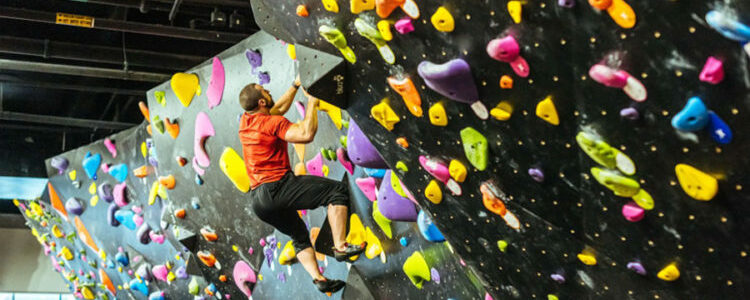24/07/23

Objects of common interest is an art studio formed by Eleni Petaloti and Leonidas Trampoukis, with a focus on “creating still-life installations, experiential environments and objects, demonstrating a fixation with materiality, concept and tangible spatial experiences.”
One of the most noteworthy achievements of Objects of Common Interest was the process of creating a unique art installation – an armchair. The team used a high-resolution 3D model of the chair to produce molds that were used to cast the final pieces in aluminum. However, before the team could begin casting, they needed to create a plastic model of the chair to make the molds.
Molds can be one of the most time-consuming and expensive components of a production process, as each iteration is very costly and must always be made by a third-party, and it can take weeks for each request to be fulfilled.
Molds are an essential component of the production process, but they can be both time-consuming and expensive to create. Each iteration requires significant investment and must be outsourced, often resulting in long waiting periods. To address these challenges, the team extensively researched alternative approaches and determined that 3D printing offered the best solution in terms of time, cost, and quality.
The team turned to the 3DHUB Greece lab, leveraging their state-of-the-art Raise3D Professional 3D Printers. By utilizing a farm of Pro2 Plus 3D printers, which are large format 3D printers that hold much higher volume, they opted for PLA as the material for printing the chair pieces. PLA was chosen for its fast and easy printability, as well as its suitability for the subsequent silicone molding procedure, which did not require temperature resistance.
The combined 3D printers operated continuously for a total of approximately 1000 hours over a span of 8-9 days. To optimize the print process and minimize post-processing work, the team studied the possibility of dividing the model into smaller components that would fit within the printers’ build space. This approach enabled them to achieve the desired results while ensuring ease of assembly.
Once all the printed pieces were ready, the team meticulously assembled them using plastic connectors that facilitated proper positioning and concealed any visible joints. To achieve a smooth and polished surface, a surface finish was applied using putty, skillfully applied with a specialized gun.
After finalizing the plastic model, the team could skip the lengthy process of multiple iterations and immediately proceed to the next step. The plastic model served as the basis for creating molds required for the final aluminum pieces. These molds were then sent to a foundry, where traditional casting methods were employed to produce the desired armchair pieces in aluminum.
The Armchair Project showcased the collective expertise of individuals skilled in various disciplines, including 3D printing, mold-making, casting, and finishing. Each stage of the process required precision and collaboration, with the team members pooling their knowledge and skills to bring the project to fruition. In addition, this project highlighted the beginner-friendly nature of 3D printing software.
The most noteworthy aspect of this project was the pivotal role played by 3D printing. By utilizing advanced 3D printing technology, the team was able to streamline the process, reducing both the time and cost associated with traditional manufacturing methods. The result was an extraordinary work of art, a testament to the limitless possibilities offered by combining artistic vision with cutting-edge technology.
The Armchair Project, undertaken by Objects of Common Interest, exemplifies the power of collaboration and innovation in the creation of exceptional art installations.